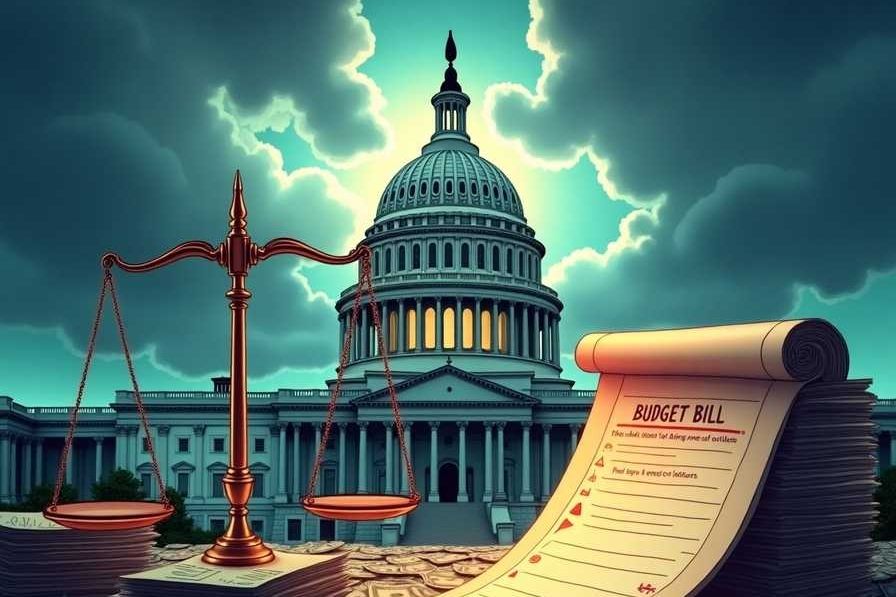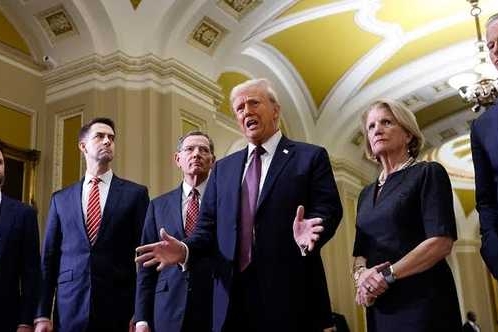President Donald Trump’s ambitious legislative package, colloquially termed the “One Big Beautiful Bill,” has recently cleared the House by a narrow margin. This comprehensive bill aims to extend the 2017 tax cuts, introduce new tax exemptions, and implement significant spending reductions. However, its journey through the Senate appears uncertain, with internal GOP divisions and fiscal concerns coming to the forefront.

Key Provisions of the Bill
- Tax Reforms: The bill seeks to permanently extend the 2017 tax cuts, eliminate taxes on tips and overtime, and increase deductions for state and local taxes (SALT).
- Spending Cuts: Proposed reductions include $1.5 trillion in spending cuts over ten years, targeting programs like Medicaid and the Supplemental Nutrition Assistance Program (SNAP)
- Border Security and Defense: Allocates $150 billion for border security enhancements and increases defense spending.
- Debt Ceiling: : Proposes raising the debt ceiling by $4 trillion.
Economic and Political Repercussions
- Deficit Concerns: The Congressional Budget Office estimates that the bill could add up to $3 trillion to the national deficit over the next decade, raising alarms among fiscal conservatives.
- Medicaid and SNAP Impact: Critics argue that the proposed cuts could lead to millions losing access to essential health and nutrition services, disproportionately affecting low-income Americans.
- Market Reactions: Financial markets have shown volatility in response to the bill’s potential impact on the national debt and economic growth.
Internal GOP Divisions
While the bill has garnered support from many Republicans, notable figures like Senators Ron Johnson and Rand Paul have expressed reservations. Their concerns center around the bill’s projected deficit increase and the adequacy of proposed spending cuts. With the GOP holding a slim majority in the Senate, even a few dissenting votes could jeopardize the bill’s passage.
Looking Ahead
As the bill moves to the Senate, negotiations are expected to intensify. Potential amendments may aim to address fiscal concerns and secure broader support. The outcome will significantly influence the U.S. economic landscape and could have lasting implications for federal programs and fiscal policy.
